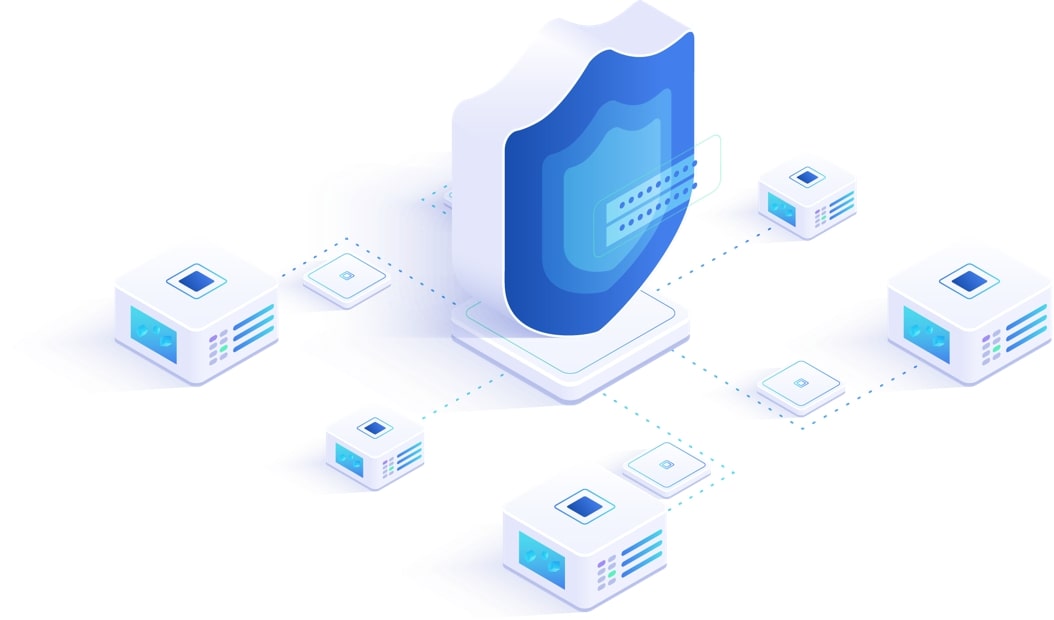Blog / Technology / Computer
Computer Security - How Security Patches Works?

Patch management consists of scanning computers, mobile devices or other machines on a network for missing software updates, known as “patches” and fixing the problem by deploying those patches as soon as they become available.
Patches designed for operating systems and software for pc and servers are created to restore vital holes withinside the safety system. Some operating systems allow automatic update or semi-automatic updating that allows the continual feed of patches whenever there are changes done by their authors. The use of totally automatic updates is rather more popular for the consumers because most operating systems, Microsoft Windows in particular, have added them as a support tool. Its creators have also set the automatic updates for Windows as default.
Patch sizes vary and may be as small as some kilobytes or go as high as a hundred megabytes and higher – the larger the size, the larger the change the patch is bound to do. Typically, when media, such as pictures and sounds, are changed or added instead of program, files become rather large. This is usually seen in patches designed to update or modify computer games.

Unlike software designed for initial installation process, patches generally are faster to apply. Some patches may be acquired from the manufacturers and sent to users in diskettes or discs, while others may be downloaded through the Internet. Patches that are downloadable could take longer to acquire depending on the connection speed.
Some users, especially network system managers, are very wary about installing patches. They put off applying them until they have clear proof that the fixes are stable. Most large patches or those that promote sudden significant alterations are distributed first with limited availability as beta tests for qualified developers who would know what to do in case something wrong happens